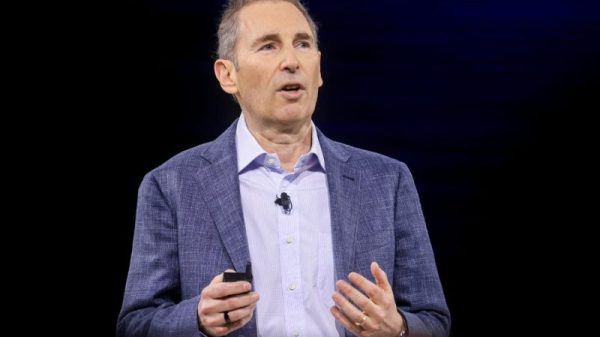Jeffrey A. Singer
The District of Columbia Department of Health recently posted a message on “X” to get residents to abandon nicotine e‑cigarettes. The message stated,
1 Vape = 20 cigarettes. #dontbe1 #staysafe #vapefree
One #vape pod contains 20 cigarettes worth of nicotine. Call 800-QUITNOW (800–784-8669) to get help quitting. #dontbe1 #staysafe #vapefree
The people over at the DC Department of Health should have read the results of comprehensive research and analysis published by the UK Government Office for Health Improvement and Disparities, released one year ago, which came to the following conclusions:
Based on the evidence that the team reviewed, the conclusions were that:
in the short and medium term, vaping poses a small fraction of the risks of smoking
vaping is not risk‐free, particularly for people who have never smoked
evidence is mostly limited to short‐ and medium‐term effects and studies assessing longer‐term vaping (for more than 12 months) are necessary
more standardised and consistent methodologies in future studies would improve interpretation of the evidence
Biomarkers of toxicant exposure are measurements of potentially harmful substance levels in the body. The evidence reviewed suggests there is:
significantly lower exposure to harmful substances from vaping compared with smoking, as shown by biomarkers associated with the risk of cancer, respiratory and cardiovascular conditions
similar or higher exposure to harmful substances from vaping compared with not using nicotine products
no significant increase of toxicant biomarkers after short‐term secondhand exposure to vaping among people who do not smoke or vape
If DC’s public health officials are worried about teens taking up vaping, they should read this study by researchers at Brown and Harvard Universities, using data from 2009–2018, which concluded:
Among nonsmoking youth, vaping is largely concentrated among those who would have likely smoked prior to the introduction of e‑cigarettes, and the introduction of e‑cigarettes has coincided with an acceleration in the decline in youth smoking rates. E‑cigarettes may be an essential tool for population‐level harm reduction, even considering their impact on youth.
Anti‐vaping zealots fixate on the nicotine in e‑cigarettes. Nicotine is the addictive component of tobacco smoke. However, it is one of the least harmful components of tobacco smoke. It is a relatively safe stimulant.
Like caffeine, nicotine is a stimulant that improves focus. Unlike caffeine, nicotine increases the production of beta‐endorphins that relieve anxiety, which may explain why some tobacco smokers light up when they want to calm down. Furthermore, research suggests nicotine might reduce the incidence of Parkinson’s Disease and has stimulated research into its potential therapeutic applications for this affliction. It also may be potentially helpful to treat depression, Tourette’s Syndrome, and Alzheimer’s’ Disease. And, as with caffeine, one can ingest toxic levels of the drug.
Recent studies suggest that nicotine normalizes cognitive deficits, called “hypofrontality,” in people with schizophrenia. There is evidence that nicotine improves short‐term memory in schizophrenic patients. Nicotine’s beneficial effects on schizophrenia have led many researchers to suspect that people with this disease are self‐medicating.
Public health agencies have no problem recommending people replace tobacco smoke with nicotine patches or chewing gum. Yet they have a seemingly visceral dislike for replacing tobacco smoking with nicotine e‑cigarettes, even though recent research, including this Cochrane study, suggests nicotine e‑cigarettes are more effective than patches or gum. Perhaps it’s because the act of vaping too closely resembles smoking.
The Surgeon General has expressed concern about public health misinformation on social media. According to the American Psychological Association, misinformation pertains to getting the facts wrong, whereas disinformation pertains to intentionally spreading false information to mislead others.
Based on the evidence that nicotine e‑cigarettes are an effective tobacco harm reduction tool, it is not unreasonable to ask if the DC Department of Health’s anti‐vaping campaign should be classified as disinformation.



























